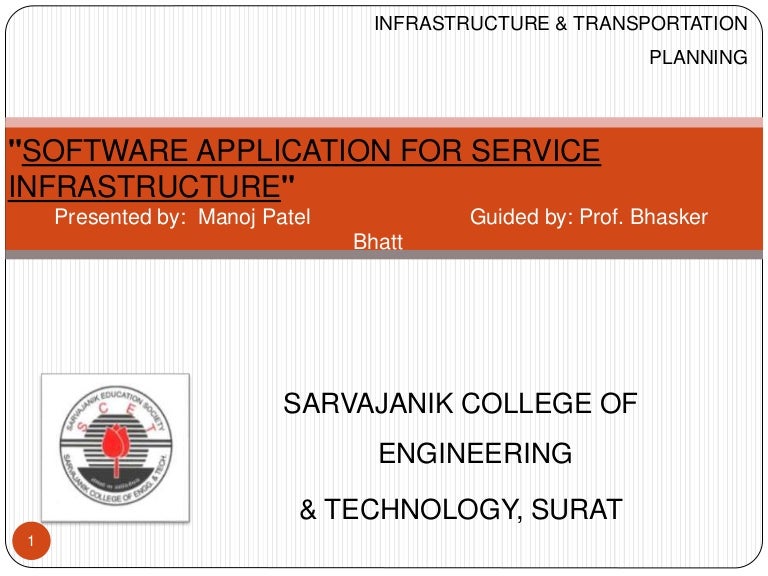
- Service area layer in watergems how to#
- Service area layer in watergems install#
- Service area layer in watergems upgrade#
- Service area layer in watergems software#
Once you add or create a hydraulic model to use in WaterGEMS for ArcGIS Pro, the workflow for adding and editing model elements and computing a model will be similar to working in WaterGEMS stand-alone. The integration allows you to work on new or existing WaterGEMS models in ArcGIS.
Service area layer in watergems install#
If you have ArcGIS Pro on your computer, when you install the latest version of WaterGEMS, it will automatically integrate with it.
Service area layer in watergems upgrade#
The latest version of WaterGEMS can run within ArcGIS Pro, and this upgrade comes at no additional cost. From modeling to results to schematics, you can visualize everything in your GIS platform. The integration of ArcGIS Pro and WaterGEMS allows you to seamlessly analyze and design your water distribution system leveraging the GIS capabilities such as advanced geographic maps in the native ArcGIS Pro functionality. From fire flow and water quality analyses to energy consumption and capital cost management, WaterGEMS provides an easy-to-use environment for engineers to analyze, design, and optimize water distribution systems. OpenFlows WaterGEMS is a hydraulic modeling application for water distribution systems with advanced interoperability, geospatial model building, optimization, and asset management capabilities.
Service area layer in watergems software#
Does your current modeling software allow you to integrate with GIS and CAD platforms the way OpenFlows WaterGEMS does? The new ArcGIS Pro integration is included with any WaterGEMS subscription, making a total of five platforms available to WaterGEMS users (the others are the stand-alone interface, MicroStation, AutoCAD and ArcMap). Continue reading or watch this webinar to see how OpenFlows WaterGEMS integrates within your ArcGIS Pro software. Integration of your hydraulic modeling software with the leading GIS platforms like the new ArcGIS Pro can streamline water network modeling. Hydraulic modeling can be used as a reliable decision-support tool, across a wide range of projects, from the design of a new system and pipe replacement, to operation and emergency response, but only if it works properly with the other systems you’re using. You may be using it for long-term planning so that expansion and rehabilitation decisions can be made in advance of population growth.īut are you happy with your current modeling solution? Is it enabling you to keep up with other advancing technologies, like the new ArcGIS Pro, or is it causing you headaches and holding you back?

It is okay if the transformation name goes in the opposite direction. The Using drop-down lists any predefined transformation between the two systems.

The Into listbox displays the Geographic Coordinate System of the ArcMap data frame.ĭo not change the value in the 'Into' box in this dialog. The Convert from section lists the geographic coordinate systems of the layers.
Service area layer in watergems how to#
This document discusses how to manually apply a geographic transformation to the ArcMap data frame. Geographic transformations use different methods, with different accuracies, and are defined for particular areas. The geographic (datum) transformation cannot be automatically applied because many geographic coordinate systems and transformations exist for a given area. This is in addition to the operation performed with project-on-the-fly, which temporarily converts coordinate values from the projection definition of the data to the coordinate system applied to the ArcMap data frame. However, if the Geographic Coordinate Systems (GCS) are not the same, a geographic (datum) transformation must be applied by the user to the ArcMap data frame. How To: Apply a geographic (datum) transformation in ArcMap SummaryĪrcMap automatically projects data layers to the data frame's coordinate system.


 0 kommentar(er)
0 kommentar(er)
